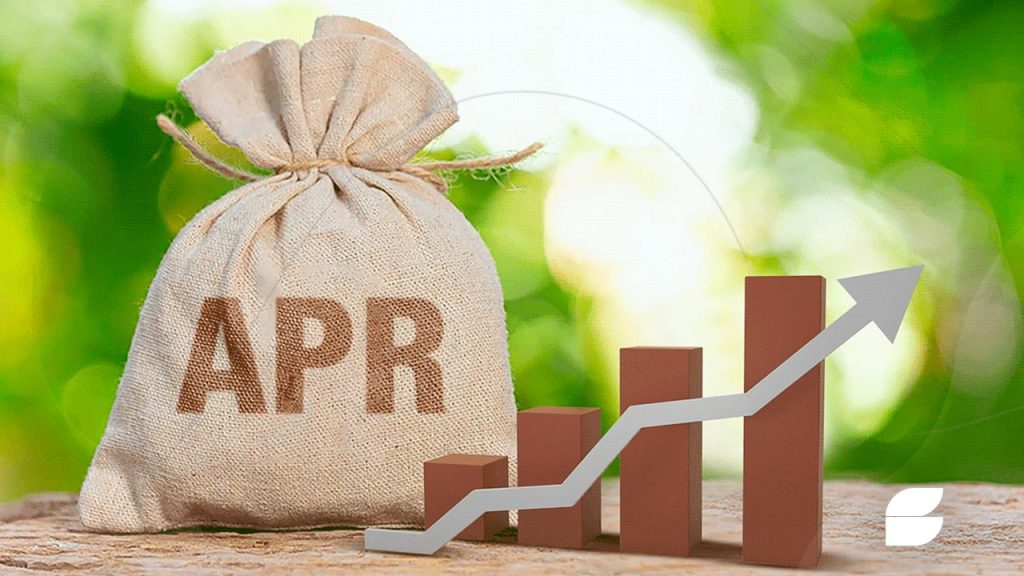When it comes to credit cards, one of the most important terms you’ll encounter is APR. Understanding what APR is and how it affects your credit card usage is crucial for managing your finances effectively. This guide will explain everything you need to know about APR on credit cards, helping you make informed decisions and avoid unnecessary costs.
What is APR?
APR stands for Annual Percentage Rate. It represents the annual cost of borrowing money on your credit card, expressed as a percentage. APR includes not only the interest rate but also any additional fees or costs associated with the credit card, providing a comprehensive view of the cost of credit.
How is APR Calculated?
APR is calculated by taking the periodic interest rate and multiplying it by the number of periods in a year. For example, if your credit card has a monthly interest rate of 1.5%, the APR would be 18% (1.5% x 12 months).
There are two main types of APR calculations:
- Nominal APR: This is the simple interest rate applied to your balance without compounding.
- Effective APR: This includes the effects of compounding, giving a more accurate picture of the actual cost of borrowing over time.
Types of APR on Credit Cards

Credit cards can have several different APRs depending on the type of transaction and your account status. Here are the most common types of APRs you might encounter:
- Purchase APR: This is the interest rate applied to purchases made with your credit card. It is typically the main APR to consider when evaluating a credit card.
- Balance Transfer APR: This rate applies to balances transferred from another credit card. Some cards offer an introductory 0% APR for a limited period on balance transfers.
- Cash Advance APR: This is the interest rate charged on cash advances, which is usually higher than the purchase APR and starts accruing immediately.
- Penalty APR: This higher interest rate is applied if you miss a payment or violate the terms of your credit card agreement.
- Introductory APR: Many credit cards offer a lower introductory APR for a set period, after which the regular APR applies.
How Does APR Affect Your Credit Card Balance?
The APR directly affects how much you pay in interest if you carry a balance on your credit card from month to month. Here’s how it works:
- No Interest Charges: If you pay your balance in full every month, you won’t incur any interest charges, regardless of your APR.
- Interest Accrual: If you carry a balance, interest is calculated based on your APR and the amount of your outstanding balance. The longer you carry a balance, the more interest you’ll pay.
For example, if you have a credit card with an 18% APR and a balance of £1,000, you would incur approximately £15 in interest charges for that month (£1,000 x 1.5%).
Tips for Managing APR and Minimizing Interest Charges
Managing your credit card APR and minimizing interest charges is key to maintaining healthy finances. Here are some tips to help you manage your APR effectively:
- Pay Your Balance in Full: The simplest way to avoid interest charges is to pay your balance in full each month. This ensures that you don’t carry a balance and therefore don’t incur any interest.
- Take Advantage of Introductory APR Offers: Many credit cards offer 0% introductory APR periods on purchases or balance transfers. Use these offers to make large purchases or consolidate debt, but be sure to pay off the balance before the introductory period ends.
- Avoid Cash Advances: Cash advances typically come with high APRs and start accruing interest immediately. Avoid using your credit card for cash advances unless absolutely necessary.
- Monitor Your Credit Card Agreement Keep an eye on any changes to your credit card terms, including APR adjustments. Issuers can change your APR based on market conditions or your creditworthiness.
- Improve Your Credit Score: A higher credit score can qualify you for credit cards with lower APRs. Pay your bills on time, reduce your debt, and maintain a healthy credit mix to improve your credit score.
- Consider a Balance Transfer
If you’re carrying a high balance on a high-APR credit card, consider transferring it to a card with a lower APR or an introductory 0% APR offer. Be mindful of any balance transfer fees and the duration of the introductory period.
How to Compare Credit Card APRs

When comparing credit card APRs, consider the following factors to find the best card for your needs:
- Regular APR vs. Introductory APR: Evaluate both the regular APR and any introductory APR offers. An introductory 0% APR can be very attractive, but ensure the regular APR is reasonable for long-term use.
- Fees and Charges: Consider any additional fees, such as annual fees, balance transfer fees, or foreign transaction fees, as these can affect the overall cost of the credit card.
- Rewards and Benefits: Weigh the APR against any rewards or benefits the card offers. Sometimes a higher APR card can be worth it if the rewards are valuable and you plan to pay off the balance each month.
Conclusion
Understanding APR on credit cards is essential for managing your finances and making informed decisions about credit. By knowing how APR works, the different types of APRs, and how to manage and compare them, you can avoid unnecessary interest charges and use your credit card more effectively. Remember to pay your balance in full whenever possible, take advantage of introductory offers, and improve your credit score to access better APRs in the future.


